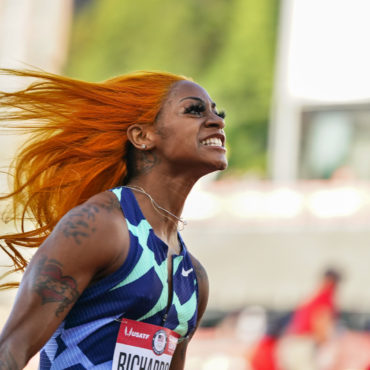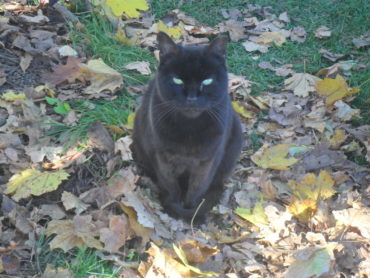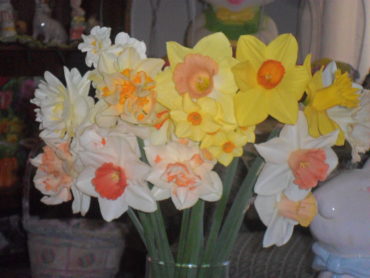Olympic hopeful Sha’Carri Richardson is covered in “grass” stains after a stumble and fall on her quest for a Gold Medal. The track phenom, noted for her streaming masses of flame-orange hair as much as for her athletic prowess, failed a drug test for marijuana use and was given a one-month suspension on July 2, which effectively prevents her from fully competing in the 2021 Olympic Games in Tokyo, beginning July 23rd. The suspension was retroactively imposed on June 28th, making Richardson free to compete after July 27th, so though she will miss the Women’s 100 meter, her qualifying race, she could conceivably participate in the Women’s 4 x 100 relay scheduled for August 5th. However, Richardson has been cut from the roster of the US Olympic team, and will apparently not be allowed to compete at all.
Continue reading






